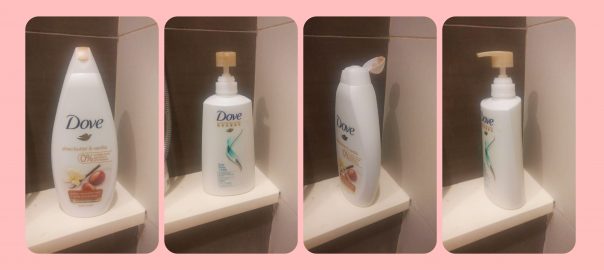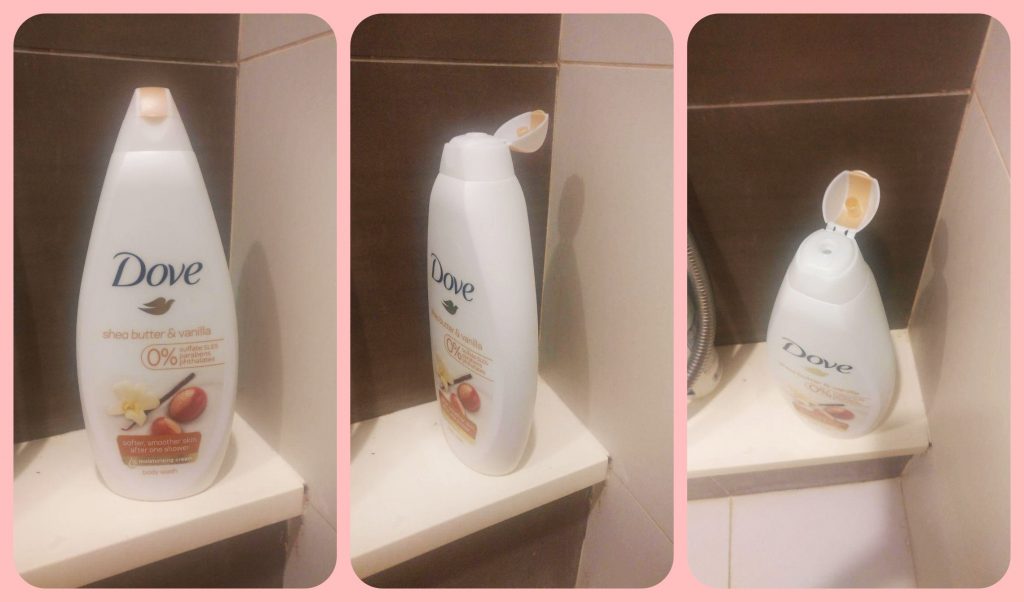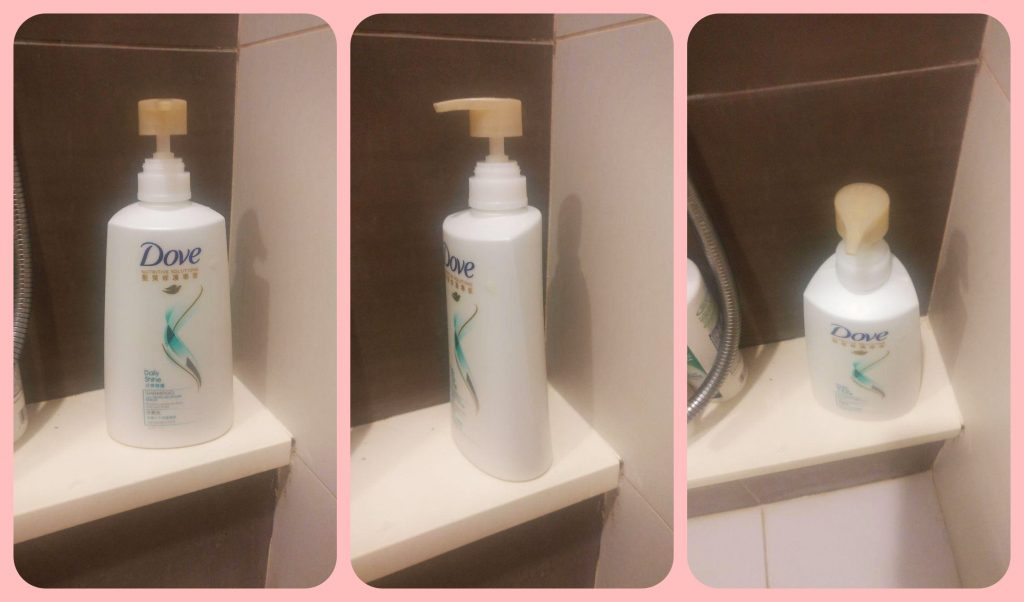Hidden In Plain Sight: How To Create Extraordinary Products For Tomorrow’s Customers (2013) by Jan Chipchase, Chapter 4: You Are What You Carry

In carrying our stuff, some decision based on today decision and some based on habit. There are factors that affect our carrying habit such as survival as well as status, self-esteem, addiction and relationships. Fundamentally, carrying behaviour is about knowing where our belongings are, being able to access them at the right time and feeling secure in their safekeeping. It depends on security, convenience, reliable solutions and peace of mind.
There is phenomenon the range of distribution which is the distance that people are willing to let physical objects stray when they’re out and bout. It was based on the perceived risk of danger, the actual risk of danger and the perceived and actual need to keep items close at hand for convenience. It provides perspective on the perception of risk of both the environment and the individuals in it. There is also idea of centers of gravity which is the place where we aim to set an object down and the first place we look to retrieve it, our spatial mnemonic devices. It also serves a signs that mental convenience van be just as important as physical convenience. Afterwards, there is point of reflection, the moment when a person pauses in order to run through a mental checklist of what they are carrying and what they may be forgetting. But as more and more of our possessions become digitized, we have to reexamine these fundamentals of carrying behaviour as with change comes opportunity.
Server-based storage systems like the cloud offer the promise of revolutionising how we transport our own digital belongings as it comes with challenges of providing security, convenience, reliability and peace of mind. When things become digital, the range of distribution equation changes as the physical distance, time distance and distance from consciousness can be much longer. it also means that we can juggle many more thins at once, crisscross them in myriad way as well as create collaborative networks between multiple users. Possibilities of technological advancement could create a new kind of marketplace for predictive products.Yet, it still keep the essence of carrying behaviour: having things at hand when we need them, where we need them and using memory and proximity to keep track of them.
People carry more than the bare minimum because they feel most comfortable when provisioning for contingencies. With the combination of risk probability and consequence cost creates contingency provisioning, an aspect of life where behaviour changes when a threshold is reached. Tremendously powerful tools for communication and information that fit inside our pockets and bags are our tools for survival but what “survival” means are constantly evolving. The more we come to understand it, the better equipped we’ll be to harness technology and create tools that really matter.
It really opened my eyes that all this is insightful and not only based on what the user wants at a time, more than that it is shaped by the environment, culture and trust the person has on his environment. It seems like a trivial matter but it says a lot of the unsaid and how small changes can really affect them as well. Especially in the advancing mobility and technology, more products will utilise such information but more importantly is for the designer to be thoughtful in using this insight as well. Personally, I feel secured when I am with the people I’m familiar with and the idea of a device can indicate that thus prevent it from being stolen by strangers is a really interesting idea that will indeed give a peace in mind for owners.
Reference
[1] Chipchase, Jan., and Steinhardt, Simon. Hidden in Plain Sight : How to Create Extraordinary Products for Tomorrow’s Customers First edition. New York, NY: HarperBusiness, 2013.
















































